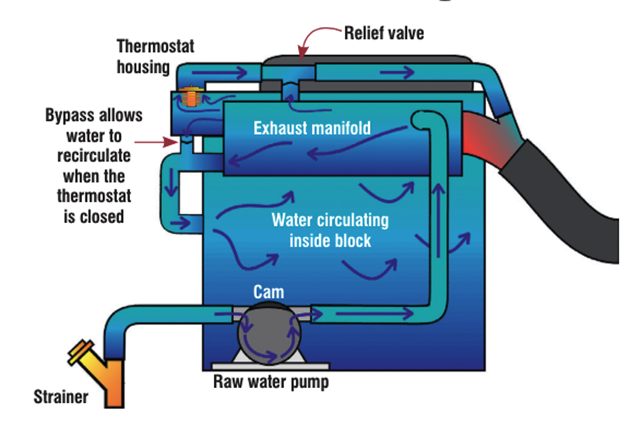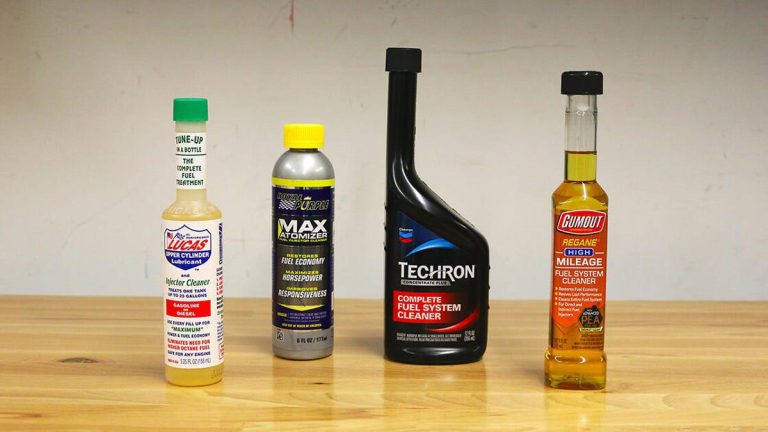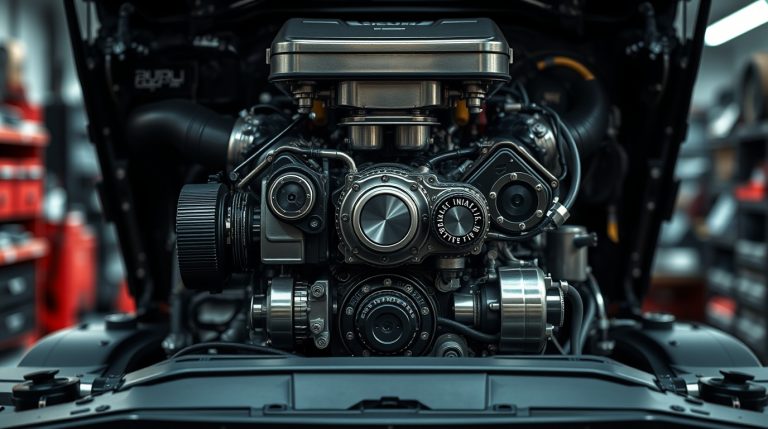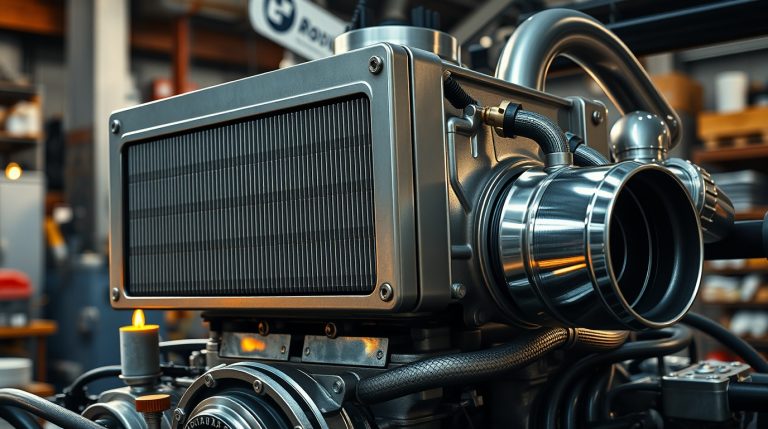

A well-maintained cooling system is crucial for the longevity and efficiency of a diesel engine. Over time, coolant can become contaminated with rust, debris, and other particulates that can lead to overheating and engine damage. Flushing and maintaining your diesel cooling system ensures optimal performance and extends the lifespan of your engine. In this guide, we’ll walk you through the steps to properly flush and maintain your cooling system.
Why Maintaining Your Cooling System is Essential
The cooling system in a diesel engine helps regulate engine temperature and prevents overheating. Without proper maintenance, issues such as clogged radiators, corroded water pumps, and inefficient coolant circulation can arise. Regular flushing removes harmful deposits, ensuring that your engine stays cool under load.
Signs Your Cooling System Needs Maintenance
- Engine Overheating: If your temperature gauge consistently runs hot, your cooling system may be clogged or low on coolant.
- Discolored Coolant: Rusty or sludgy coolant indicates contamination and needs replacement.
- Leaks and Low Coolant Levels: A persistent coolant leak can lead to severe engine damage.
- Poor Heater Performance: A malfunctioning heater may signal a clogged cooling system.
How to Flush Your Diesel Cooling System
Step 1: Gather Your Materials
Before beginning, ensure you have:
- A coolant flush solution
- A new coolant (OEM-recommended for your vehicle)
- A bucket or drain pan
- A wrench or pliers (for hose removal)
- A hose for rinsing
- Safety gloves and eyewear
Step 2: Drain the Old Coolant
- Ensure the engine is cool. Never open the radiator cap on a hot engine.
- Locate the radiator drain plug and place a drain pan beneath it.
- Open the drain plug and allow all coolant to drain completely.
- Dispose of old coolant properly. Many auto parts stores accept used coolant for recycling.
Step 3: Flush the Cooling System
- Close the drain plug.
- Pour in the flush solution and top off with distilled water.
- Start the engine and let it run for 10–15 minutes.
- Turn off the engine and let it cool completely.
- Drain the flushing solution.
- Repeat the flushing process if necessary.
Step 4: Refill with Fresh Coolant
- Close the drain plug.
- Pour in new coolant, following the manufacturer’s recommended mix ratio.
- Start the engine and allow it to circulate.
- Check for leaks and ensure proper coolant levels.
- Bleed air from the system by running the engine with the radiator cap off for a few minutes.
Best Practices for Cooling System Maintenance
- Check coolant levels regularly to prevent overheating.
- Inspect hoses and belts for signs of wear and replace them if needed.
- Flush the system every 30,000 miles or as recommended by your manufacturer.
- Use the correct coolant specified in your owner’s manual.
- Check the radiator cap for proper sealing to maintain system pressure.
Recommended Resources and Citations
Conclusion
Regularly flushing and maintaining your diesel cooling system is essential to keep your engine running efficiently. By following these steps, you can prevent costly repairs and ensure optimal performance. If you notice persistent overheating issues, consult a professional mechanic for a thorough inspection.




